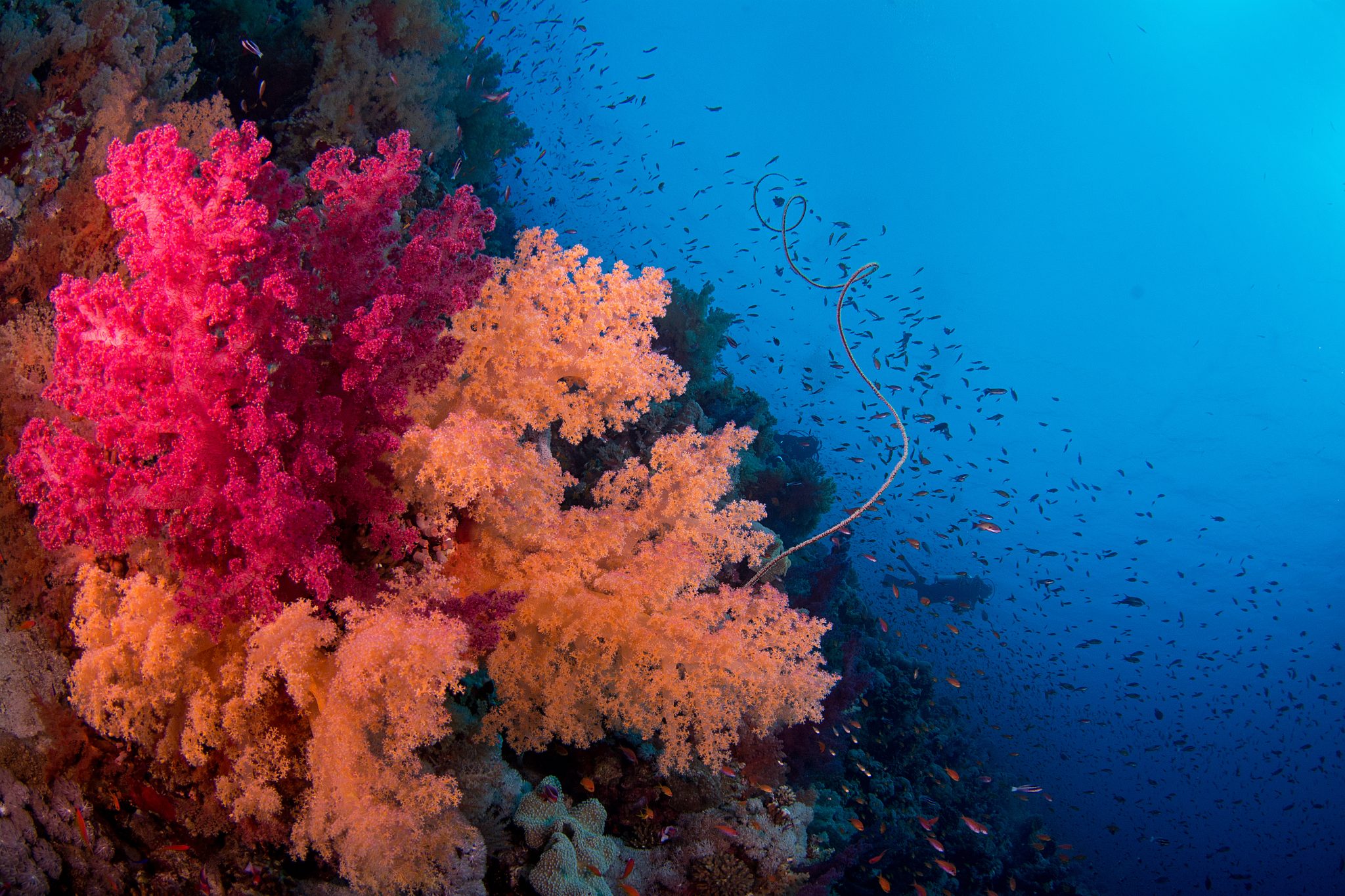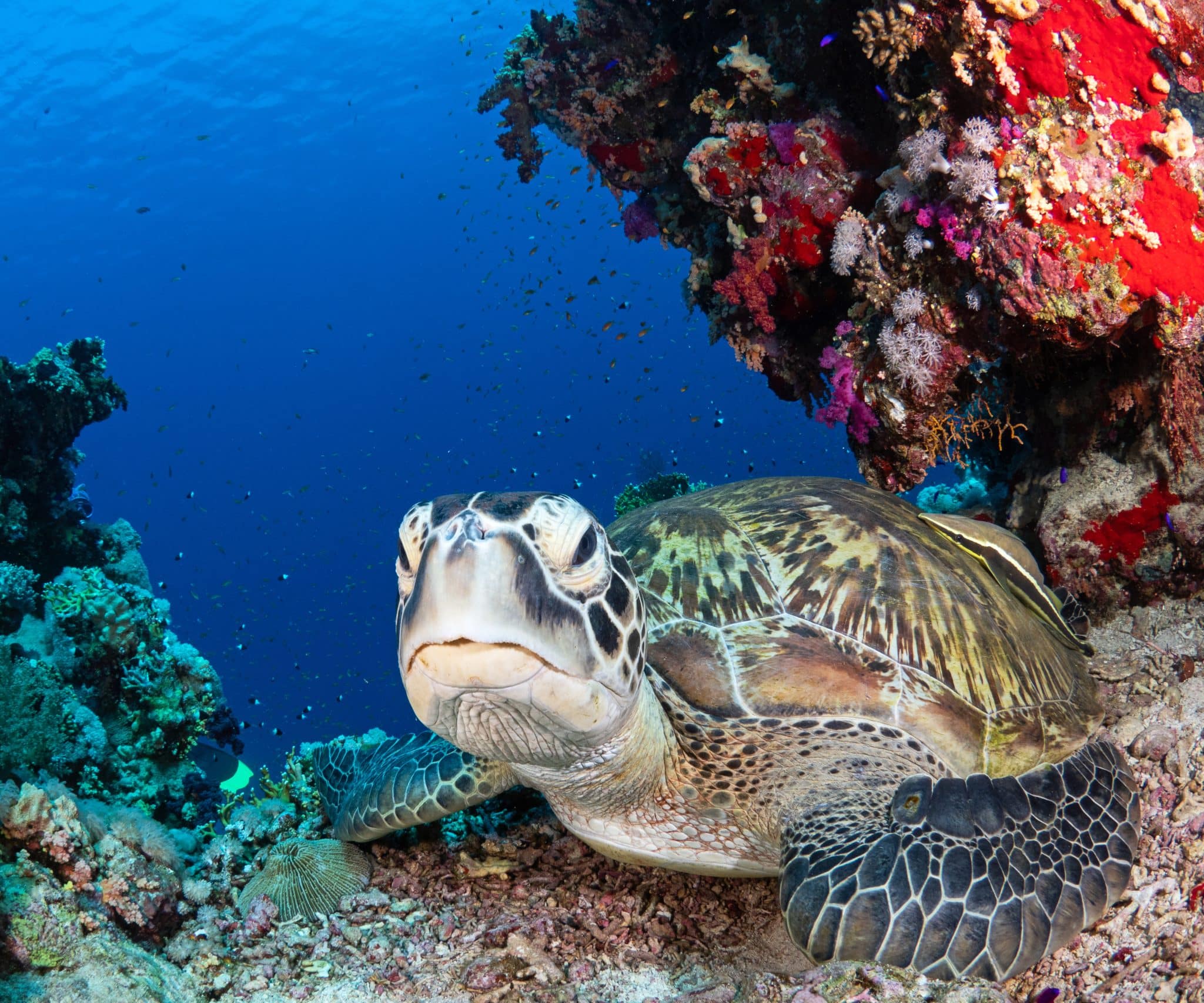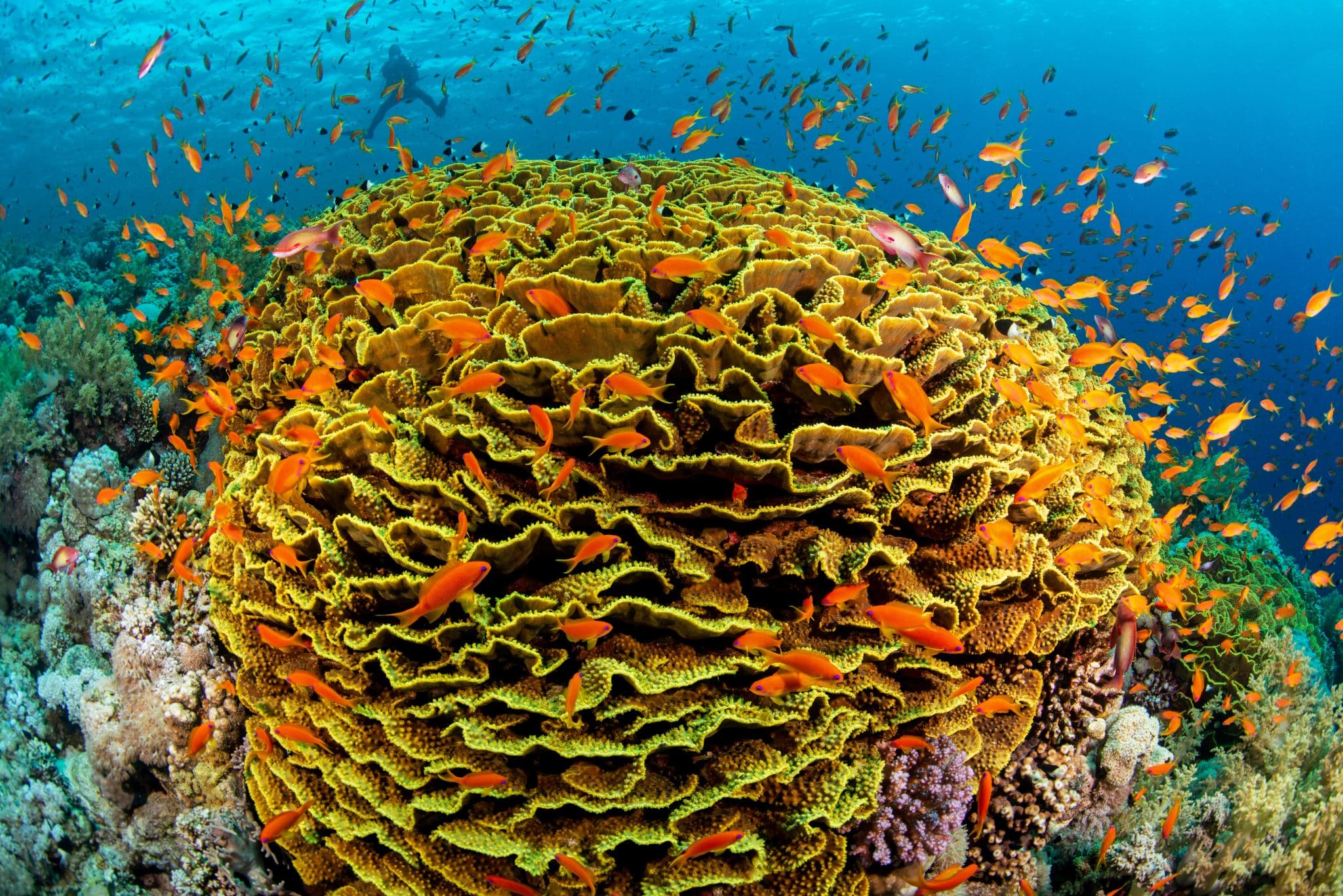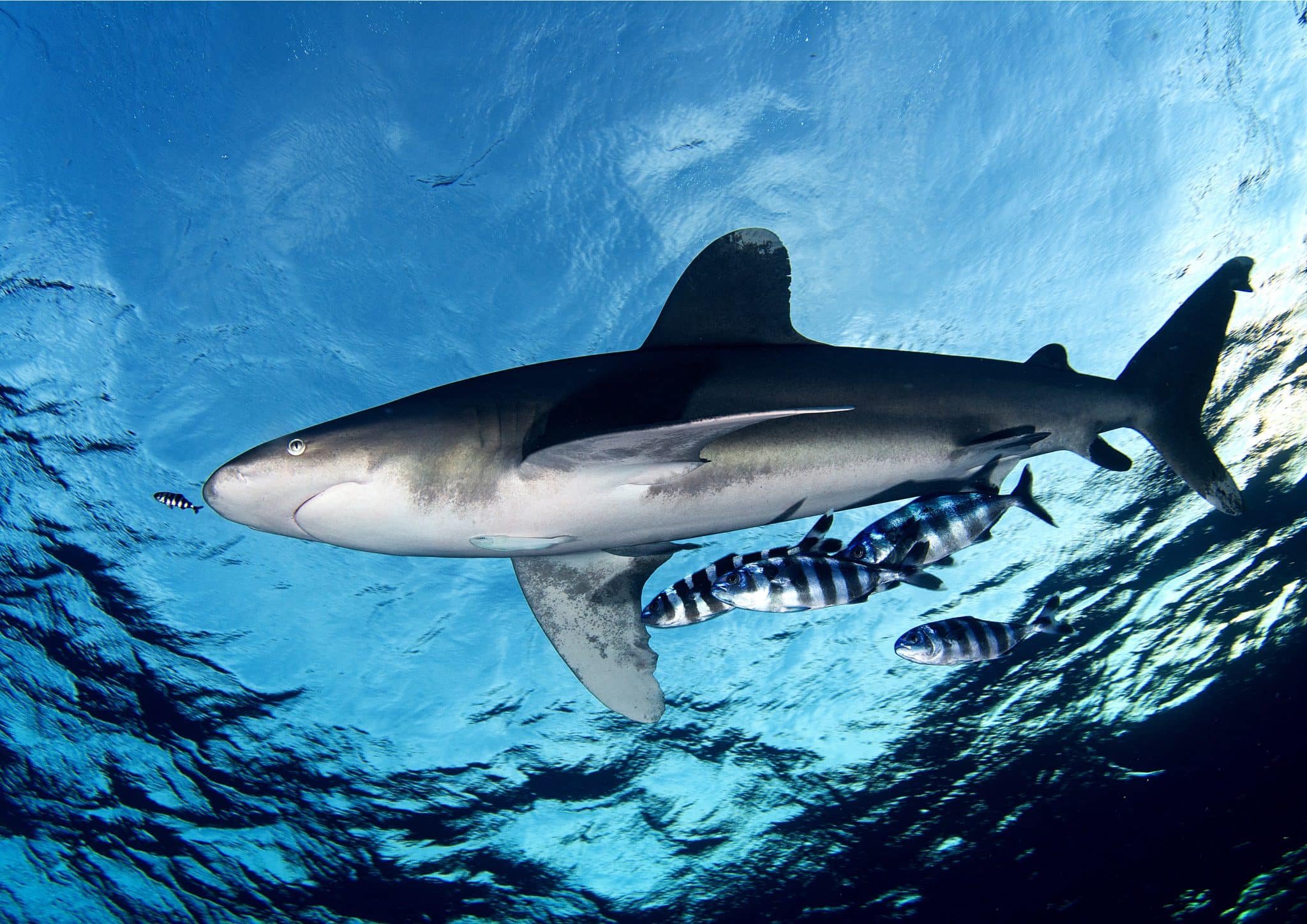Camel Dive Club & Hotel is specially designed to be a “one stop” base for your perfect diving holiday, providing the ultimate boutique resort experience for divers and snorkelers alike. Spend your days diving and snorkeling with our team of scuba diving professionals and relax on our custom-built dive boats. Return to dine in luxury, enjoy our evening entertainment, and Read more...


Overview
Fact File
| Capital | Cairo |
| Population | 106,000,000 |
| Languages | Egyptian Arabic |
| Time | GMT +2 |
| International Dialling Code | +20 |
| Currency | Egyptian Pound, E£ (EGP) |
| Air Temperature (average) | 14°C – 30°C |
| Water Temperature (average) | 20°C – 28°C |
| Tourist Board | |
| International Airports | Cairo International Airport (CAI), Borg El Arab (HBE), Hurghada (HRG), Sharm El Sheikh (SSH), Marsa Alam (RMF), Sohag (HMB), Assiut (ATZ), Luxor (LXR), Aswam (ASW). |
About The Diving
Diving in the Egyptian Red Sea is spectacular and suitable for all divers. As a top diving destination a short flight from UK, it is an incredibly popular location and for good reason. The clear blue waters are home to over 200 coral species and 1200 fish species, with 20% of those endemic to the Red Sea. The coral reefs here are vibrant and healthy, with the chance to spot dolphins, sharks and turtles. From wrecks, drift dives, shallows reefs to drop offs the Red Sea has enough incredible sites to keep diver returning year after year.
Both liveaboard and resort options are widely available. Liveaboards give the chance to visit some of the offshore sites and areas like the Deep South, or explore many of the famous dives sites such as the Thistlegorm, Ras Mohammed and the Brothers more easily in one trip. Liveaboards provide all inclusive meals and diving and it’s likely you will get to do more diving on your trip.
For those who prefer a resort location, have non-diving family / friends or are interested in doing a variety of activities, there are plenty of fantastic options. Picking your base will often be the toughest choice. Dahab is a small beachside resort dedicated to diving, known for its good value dive packages and as a great place to learn to dive. Sharm El Sheikh is a superb base for diving the Straits of Tiran and Ras Mohammed National Park while also having a beach holiday. Hurghada is a main liveaboard hub, but it also has plenty of local reefs, access to a wide range of resorts and is a good base for visiting Luxor and the historic sites whilst still getting some diving in. Last but by no means least is Marsa Alam, gateway to the deep south, where there is some excellent diving to be had and both 5 star and more simple dive centre beach camp accommodation to suit all tastes and budgets.
Video
Dive Highlights
There are so many great sites in the Red Sea, any trip is bound to have some brilliant diving. Here are a few of our favourites from north to south:
Blue Hole & Canyon
Dahab’s famous Blue Hole, a 100m deep sinkhole with a huge drop and excellent visibility is filled with colourful corals and rich marine life, including pelagics like barracuda and tuna. The nearby Canyon’s beautiful reefs are home to turtles, bannerfish and wonderful topography, pinnacles and a cavern full of glass and hatchetfish.
Jackson Reef
Jackson Reef in the Straits of Tiran offers some of the best coral gardens of the Red Sea; from anemonefish to jackfish and sharks, this reef has it all. For technical wreck divers, the Lara, a Cypriot freighter sunk in 1981 offers something a little more challenging.
SS Thistlegorm
This 128m WWII British cargo shipwreck has an incredible history, giving an eerie snapshot of wartime. The superstructure in 30m of water attracts a wealth of life and is an impressive sight. The massive explosion that sank her in 1941 removed much of the midship section, giving divers easy access to the interior. The cargo holds are filled with an assortment of trucks, munitions, motorbikes and tanks. An unforgettable dive suited to divers with an advanced certification.
Shark & Yolanda Reef
Kaleidoscopic corals cover these three pinnacles rising up to just below the surface and the famous Yolanda wreck featuring its cargo of toilets make for a great dive spot. Located within Ras Mohamed National Park, the reef is healthy and full of life from tiny nudibranchs to curious jacks; there’s something exciting in every direction.
Big Brother and Little Brother
The seven sites in the area have wrecks, fringing reef, soft corals, walls, drift dives and the chance to see sharks, including hammerheads and Whitetips. Big and Little brother are certainly worth spending time for several dives to properly explore.
Elphinstone
Famed for its oceanic whitetips, hammerheads and the chance to see mantas and whalesharks in season, Elphinstone has terrific wall dives. Drift dives here will take you past masses of soft corals, clouds of anthias, always with the chance of a sharky silhouette emerging from the deep blue.
Fury Shoals
Deep in the southern Egyptian Red Sea, Fury Shoals is home to pristine hard and soft corals attracting spectacular marine life. Spinner dolphins, turtles, sharks, manta rays, octopus and nudibranchs are regularly seen and this area offers one of the best chances to see the rare dugong.
St Johns
Also in the Deep South, St Johns is an area covering over 110 sq. miles, a large wide coral reef with coral walls, garden and caves. The area offers a great diversity of diving and as a more remote spot the reefs are in excellent health attracting wonderful life.
When To Go
The Red Sea is diveable all year round. June through August are the hottest months and while the sun can be fierce on the surface, the sea breeze keeps you comfortable and the hammerhead sightings on the outer reefs are more than worth the heat. For most sites, March to May and September to November offer the best water temperatures and superb topside weather.










